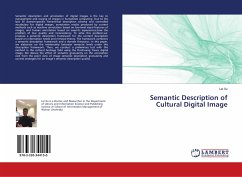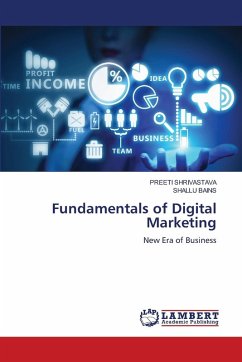
Digital Twinning
Management Perspective
Versandkostenfrei!
Versandfertig in 6-10 Tagen
29,99 €
inkl. MwSt.

PAYBACK Punkte
15 °P sammeln!
Digital Twinning (DT) is one of the concepts of modern technology, and the size of the scientific market for DT in 2020 reached about $6 billion, and this value is expected to reach $115 billion in 2035, an annual growth rate of 24%. The rate increased to 27% during the period 2020/2030.DT is an electronic digital copy that is identical to something in practical life. The real body is linked with the virtual copy in a way that allows data to be transferred between them through sensors installed in the physical assets through which the data is collected and stored in a storage cloud, after whic...
Digital Twinning (DT) is one of the concepts of modern technology, and the size of the scientific market for DT in 2020 reached about $6 billion, and this value is expected to reach $115 billion in 2035, an annual growth rate of 24%. The rate increased to 27% during the period 2020/2030.DT is an electronic digital copy that is identical to something in practical life. The real body is linked with the virtual copy in a way that allows data to be transferred between them through sensors installed in the physical assets through which the data is collected and stored in a storage cloud, after which the original physical object is simulated. There are many benefits to the organization and society from the application of DT. These benefits are reducing product quality problems, reducing maintenance costs, improving employee training, improving the performance of real assets, improving the performance of machines, reducing risks, protecting the health and safety of workers, improving manufacturing processes, and meeting the needs and desires of customers.












